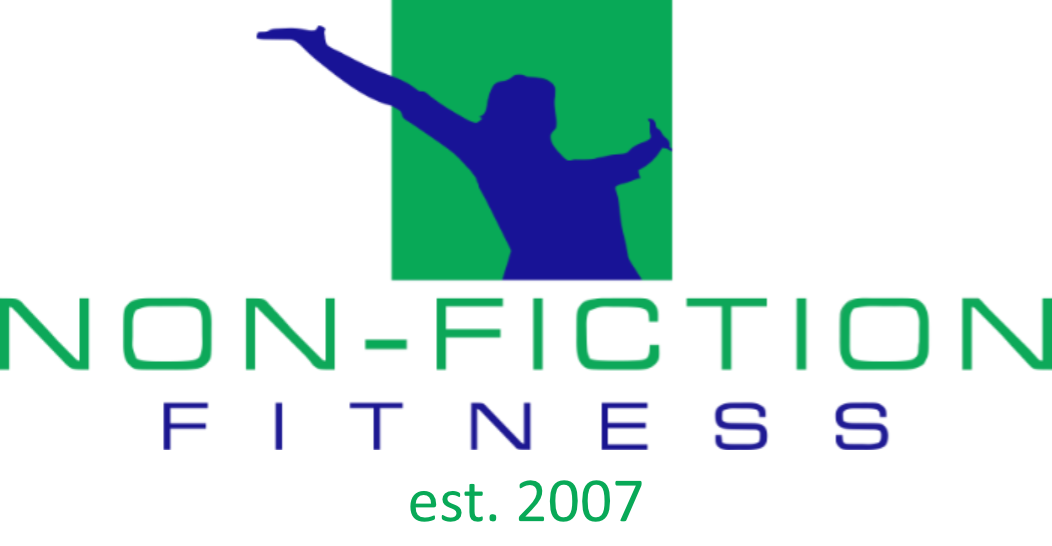Strategy 1. Boost serotonin naturally.
When serotonin levels are low, the ACG and basal ganglia tend to be more active, which can inhibit change and contribute to inflexibility and getting stuck on negative thoughts or negative behaviors. To help calm these areas of the brain, increase serotonin. When you feel stuck in a rut:
- Exercise
- Try bright light exposure (studies show it increases cognitive flexibility)
- Eat tryptophan-containing foods (such as eggs, turkey, seafood, chickpeas, nuts and seeds, sweet potatoes, quinoa)
- Take nutritional supplements that can raise brain levels of serotonin (saffron, 5-HTP, and l-tryptophan)
Strategy 2. Define what you want and why.
To help the front part of your brain lead the way, it helps if you clarify which behaviors you want to change. Your brain makes happen what it sees. What ruts would you like to turn into superhighways of success? Write them out. Create a vivid and believable “Future of Success” in detail. Define what you want, then ask yourself “does it fit?”—is your behavior getting you what you want?
If not, be clear with yourself that every time you engage in the wrong behavior, it is strengthening your brain to do the wrong thing. Whenever you do the right thing, it is beginning to strengthen those circuits instead. Practice does not make perfect. It makes the brain do what you practice. Perfect practice makes perfect.Practice does not make perfect. It makes the brain do what you practice. Perfect practice makes perfect.CLICK TO TWEET
Strategy 3. Assess your readiness for change.
Are you ready to change to eliminate the ruts in your life? Ambivalence and uncertainty are the enemies of change.
Strategy 4. Know what you need to do.
What are the new behaviors you need to master to be successful? For any problem, such as losing weight, overcoming an addiction, calming your temper, or getting distracted, it is critical to know which important behaviors will help you reach your goal, then practice them over and over.
Strategy 5. Develop “if-then” plans to overcome your vulnerable moments.
It’s important to know your most vulnerable moments. Once you identify them, you can create contingency plans to overcome unwanted behaviors. Psychology professor Peter Gollwitzer from New York University has published extensive research on behavior change. He recommends that people create “if-then” scenarios that spell out how they’ll break unwanted habits. If x happens (situation), then I will do y (pre-planned action). For example, IF I am tempted to eat unhealthy foods, THEN I’ll at least eat the healthy ones first.
According to research in Social Neuroscience, using this simple technique has been shown to increase activity in the prefrontal cortex, the brain’s supervisor, which can help override the brain’s automatic or reflexive behaviors from the ACG and basal ganglia.
In a similar way, the two most important words in the English language when it comes to brain health are “then what.” If I do this, then what happens? Thinking ahead helps to prevent a lot of unwanted trouble.
The two most important words in the English language when it comes to brain health are “then what.” If I do this, then what happens?—Amen Clinics
Strategy 6. Reframe your pain.
If you’re ever going to succeed at changing, you have to disarm your impulses and make the right choices pleasurable. The only way you can sustain change is to change what brings you pleasure! Learn how to find what you love about not being inebriated, or identify great low-calorie, highly nutritious food. Learn to find what you love about exercise. Mindset is key.
Strategy 7. Turn accomplices into friends.
The people you spend time with matters! Cultivating bad habits—and good ones—is a team sport. Accomplices are people who encourage or are complicit with your negative behaviors. Bad habits need lots of accomplices to start and sustain them. Friends, mentors, or coaches are people who support your positive behaviors. Ask for their help. Adding friends improves your chances for success up to 40%, and this is especially true for weight loss and fitness.
